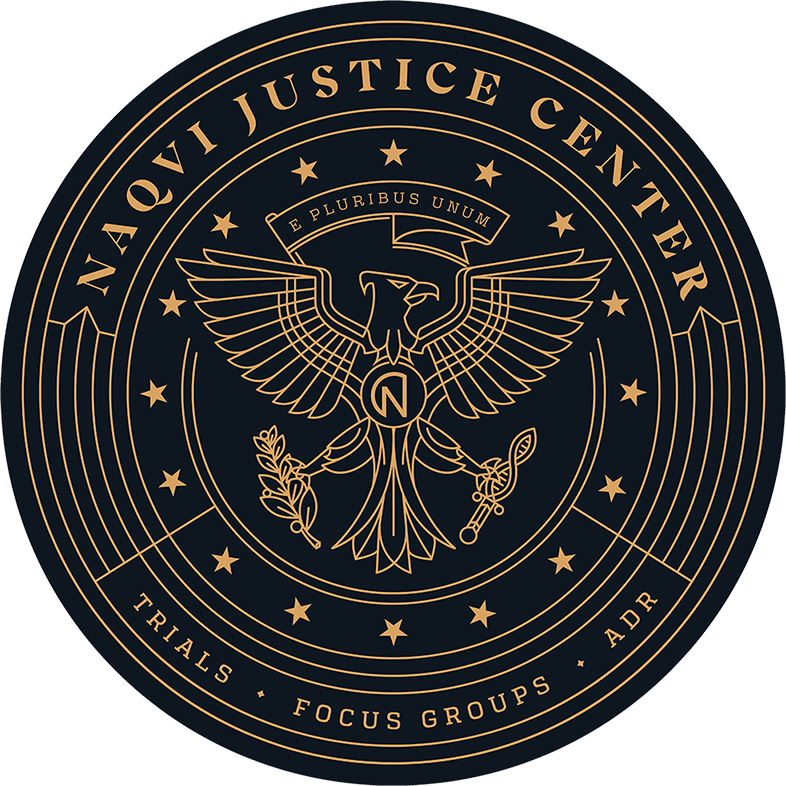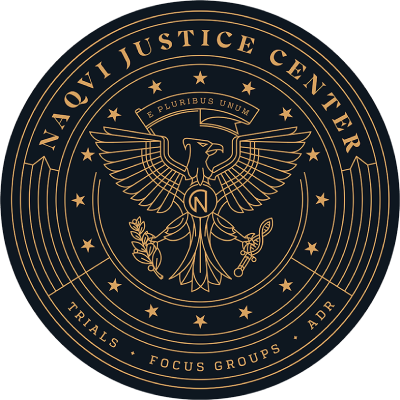Forty-four-year-old Jason Eckert, of Las Vegas, was riding with his family when an intoxicated motorist ran over him.
The crash happened near the intersection of Twain Avenue and Boulder Highway. According to police and witnesses, a man driving a Dodge Intrepid ignored a stop sign and then plunged into Mr. Eckert’s bicycle. The force of the collision threw him off the bike, onto the car, and then onto the ground. The Dodge kept going until it smashed into a brick retaining wall. First responders rushed Mr. Eckert to a nearby hospital where he succumbed to his injuries.
The Dodge driver, 40-year-old Danesmin Solis-Cortes, was injured as well. After he recovers, he must answer charges of DUI with serious bodily injury.
Negligence Per Se in Nevada
The basis of a negligence case is essentially a lack of care. Normally, the victim/plaintiff must establish the level of care required. The answer varies in different contexts. For example, most drivers have a duty of reasonable care. But commercial operators, like taxi drivers and Uber drivers, may have a duty of highest care.
Sometimes, a statute establishes the standard of care. So, the violation of a statute, as opposed to the violation of a legal duty, can be the basis for a negligence claim. In Las Vegas, there are four basic elements of a negligence per se claim:
- A Law: In the above case, the tortfeasor (negligent driver) arguably violated two laws. He failed to stop at a stop sign and was intoxicated. Unlike many other states, either a criminal or noncriminal violation can support a finding of negligence per se.
- Protected Class: Other motorists are not the only people that traffic laws protect. These laws are also designed to protect bicyclists, bystanders, pedestrians, and property owners.
- Statutory Violation: In Las Vegas, a civil jury decides all the facts in a civil case. That includes guilt or innocence as to a certain legal violation. So, in the above story, the jury could conclude that the tortfeasor was negligent as a matter of law even if he was not convicted of DUI or running a stop sign.
- Substantial Cause: The statutory violation need not be the only cause of the wreck, but it must be a substantial There is a very clear distinction between these two concepts.
The tortfeasor is not negligent if the victim/plaintiff was not a member of a protected class or the tortfeasor was legally justified. That first defense does not come up in Nevada car crashes too often. But the second defense is sometimes an issue. For example, a motorist might swerve onto the sidewalk to avoid hitting a jaywalking child.
Bicycle Crash Injuries in Nevada
When a 4,000-pound car travelling 40mph hits a 20-pound bicycle travelling 10mph, the result is almost always a serious injury. Statistics suggest that if the tortfeasor is travelling faster than 30mph, the collision is almost always fatal for non-motorists. Some serious injuries include:
- Head Injuries: Thin bicycle helmets provide very good protection against accidental falls but they provide almost no protection in a high-speed car crash. Furthermore, they do not protect the vulnerable neck area at all.
- Spinal Injuries: The force of the impact usually throw the victims off their bicycles. Even if they do not land directly on their backs, the sudden jarring motion often either breaks the spine or knocks it out of alignment.
Designated bicycle lanes set off by concrete or other barriers can reduce the number of these accidents, but vehicle operators commonly fight these efforts. This senseless opposition is commonly called “bikelash.”
Count On an Aggressive Lawyer
Bicycle riders are highly susceptible to serious injuries. For a free consultation with an experienced personal injury attorney in Las Vegas, contact Naqvi Injury Law. We routinely handle cases in Clark County and nearby jurisdictions.

